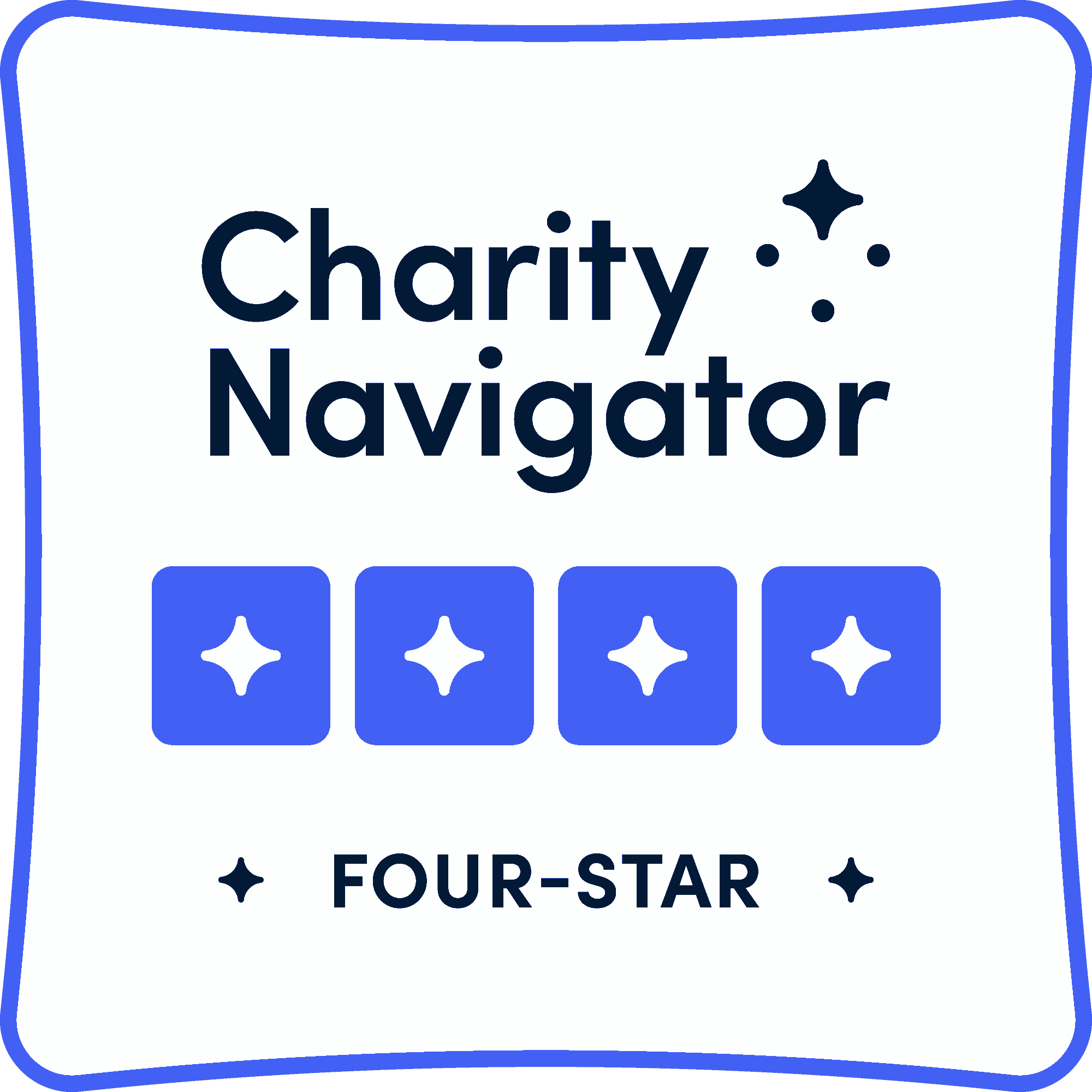
Employer-Sponsored Retirement Plans
Whether you have a pension or 401(k), many employers offer a company match for your retirement investments. If you work for such a company, take them up on it.
Plan For a Better Future

Whether you have a pension or 401(k), many employers offer a company match for your retirement investments. If you work for such a company, take them up on it.
Perhaps you are nearing retirement, or maybe retirement seems like a long way into the future. Either way, now is a good time to start saving.
If you are just starting out, you can use the runway of time to your advantage. Investing is most effective when you have a long time. The longer you have, the less you need to set aside each month.
If you are nearing retirement but have fallen behind, you can add a catch-up contribution to your retirement account. The closer you are to retirement, the higher the limit on catch-up contributions.
Types of employer-sponsored retirement plans
Either way, it's important to know how your retirement plan works. The Employee Retirement Income Security Act (ERISA) covers two main types of employer-sponsored retirement plans:
- Defined benefit plan, which promises a certain monthly benefit at retirement paid to you for the rest of your life, such as a pension.
- Defined contribution plan, which invests contributions into a fund the employee can draw from at retirement, such as a 401(k) or 403(b) plan.
In both types of plans, both the employer and employee can contribute – often the employer will match employee contributions up to a certain amount or percentage of their salary. Also in both cases, the money is invested into a portfolio of assets – stocks, bond, mutual funds, ETFs, and sometimes other asset classes.
The main differences are:
- Employees can usually choose from a limited range of investment options for a 401(k) or 403(b) plan, but have no input on how a pension fund is invested.
- Employees know what the benefit for the pension will be, but the benefit for the 401(k) or 403(b) depends on how the market performs.
Take the free money!
If you are lucky enough to work for a company or organization that has a retirement plan with an employee match, take them up on it! At least contribute enough to get the employer match – that's free money set aside to work for you until your retirement.
If you leave your current employer, you can always roll over your contributions and whatever employer contributions you are vested in tax-free to another employer’s retirement plan or an individual retirement account.
The limits on how much you can contribute to a 401(k) or 403(b) plan are quite high: $23,500 in 2025, with a catch-up of an additional $7,500 for people ages 50 to 59 or 64+, and $11,250 for people ages 60 to 63. The total contribution limit for both employee and employer contributions is $70,000.
Getting responsible funds into your retirement plan
The main disadvantage of an employer-sponsored retirement plan, whether a pension or 401(k) / 403(b), is the lack of choice of the funds you can invest in. Even worse, most invest billions in fossil fuels.
Pension Funds
With more than $46 trillion in assets worldwide, pension funds are among the largest institutional investors in the fossil fuel industry, holding nearly 30% of all fossil fuel shares, according to Climate Safe Pensions Network. Among the largest holders are:
- California State Teachers' Retirement System (CalSTRS) with $13.8 billion in fossil fuel investments
- Washington State Investment Board (WSIB) with $8 billion in fossil fuel investments
- New York State Teachers' Retirement System (NYSTRS) with $7.6 billion in fossil fuel investments
- Minnesota State Board of Investment (MSBI) with $7 billion in fossil fuel investments
- State of Wisconsin Investment Board (SWIB) with $6.5 billion in fossil fuel investments
Pension funds are typically managed by a state investment board and governed by state law. But citizens in many cities, counties, and states have joined together to launch divestment campaigns.
Some campaigns have successfully advocated for passing state laws such as Maine LD 99 of 2021, which required the state to divest from fossil fuels, and Oregon's COAL Act of 2024, which required the state to divest from coal.
401(k) and 403(b) Plans
Defined-contribution plans such as 401(k)s and 403(b)s hold $11.3 trillion in assets; of that, an estimated $339 billion is invested in fossil fuels. Unfortunately, most employer-sponsored retirement plans have few to no socially responsible fund options, according to As You Sow's Invest Your Values 401k Scorecard.
Among the large companies with no sustainable fund options are tech giants Apple, Meta, Microsoft, Netflix, Nvidia, and Oracle; insurance companies Chubb, Progressive, and State Farm; and retailers Dollar Tree, PetSmart, and Target.
The strongest voice to advocate for a company to add more sustainable fund options to its retirement plan are its employees. In 2024, over 1,000 Google employees sent a letter to management asking for fossil-free options. As a result, the company added the Parnassus Core Equity Fund.
You can learn how to advocate for your company to add socially and environmentally responsible funds to your retirement with Green America's Plan for a Better Future guide. This will show you how to research socially responsible fund options, bring in other employees, and take your proposals to Human Resources and company management.
What if you don't work for a company that has a retirement plan or pension fund? Individual Retirement Accounts can help.
Green America is not an investment adviser, nor do we provide financial planning, legal, or tax advice. Nothing in our communications or materials shall constitute or be construed as an offering of financial instruments or as investment advice or investment recommendations.




